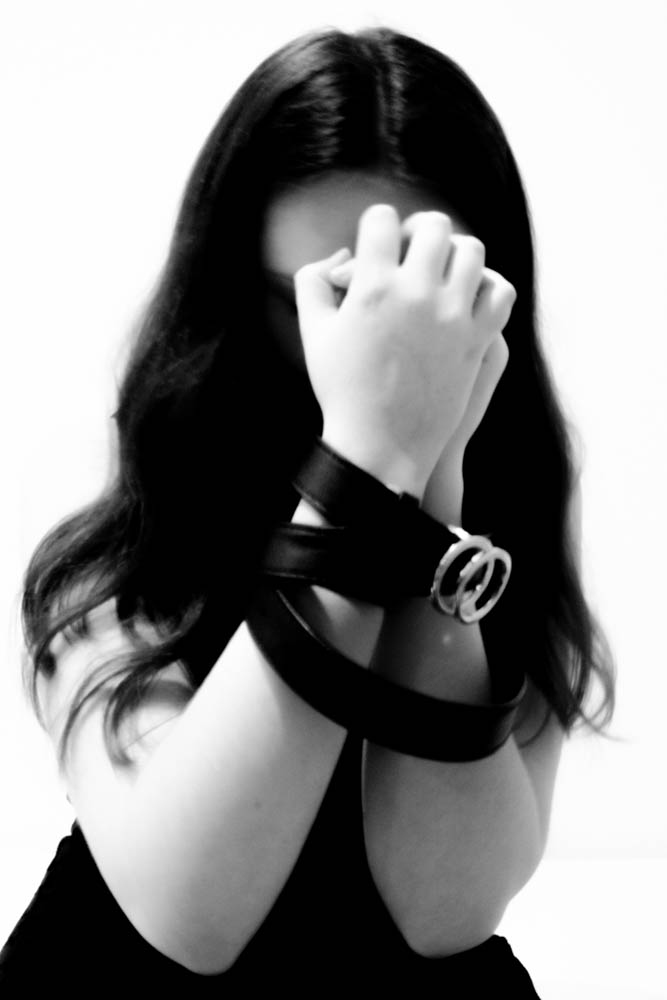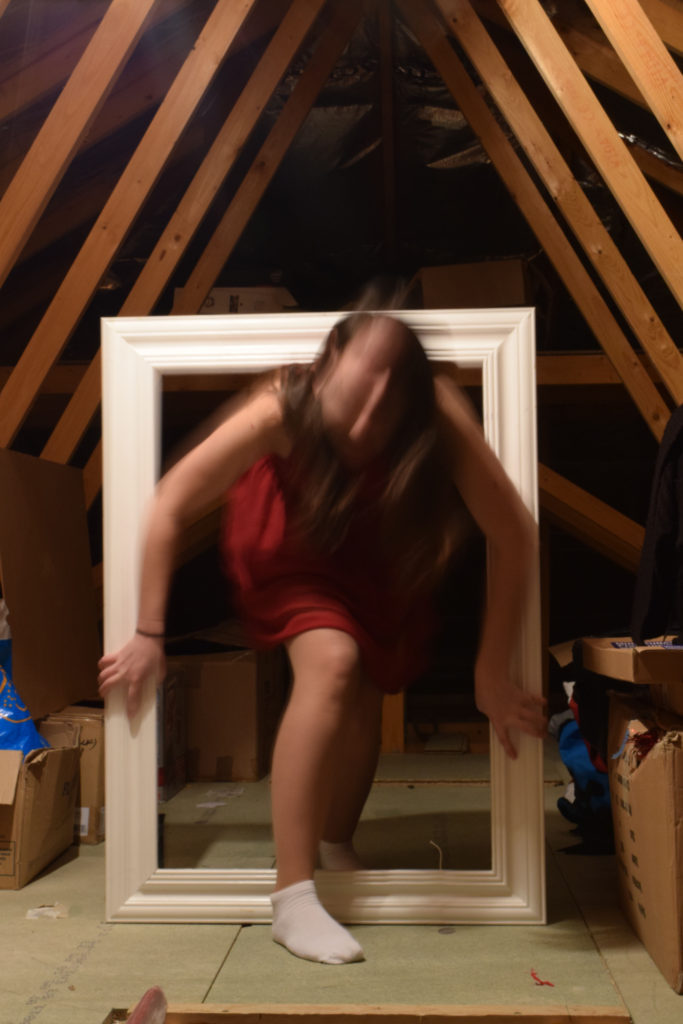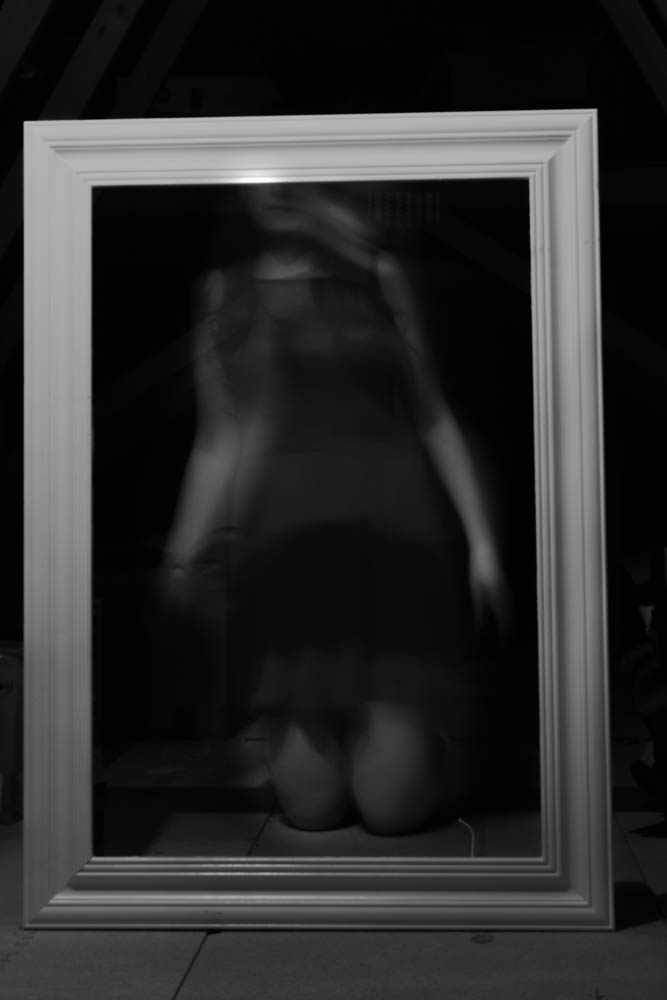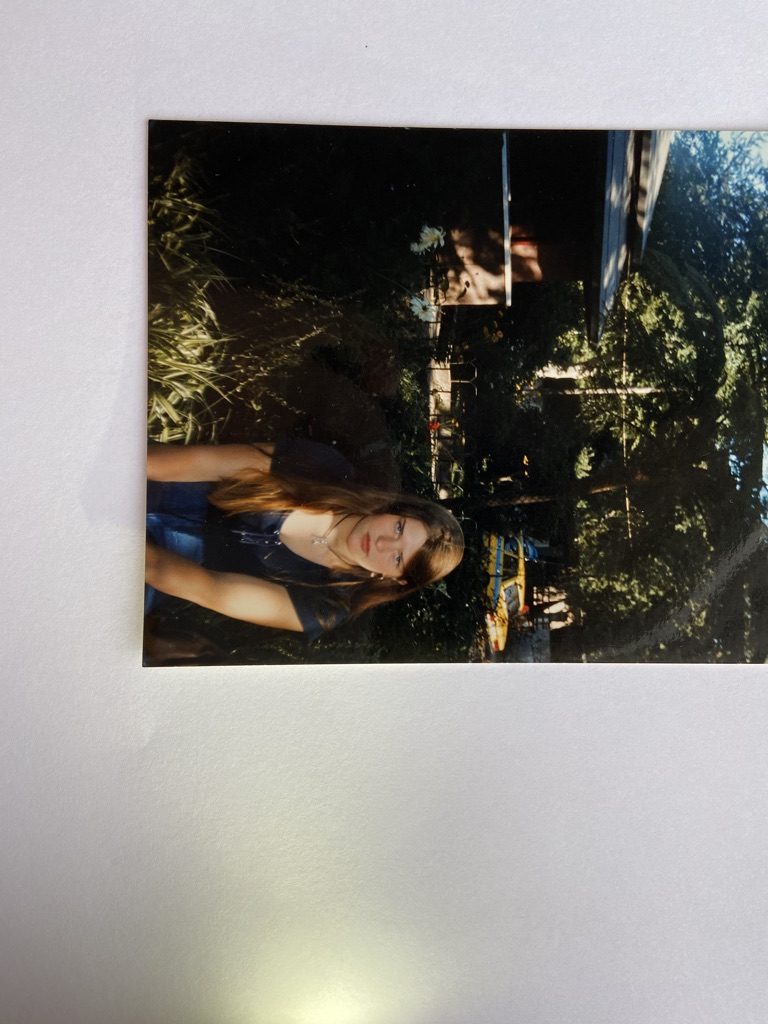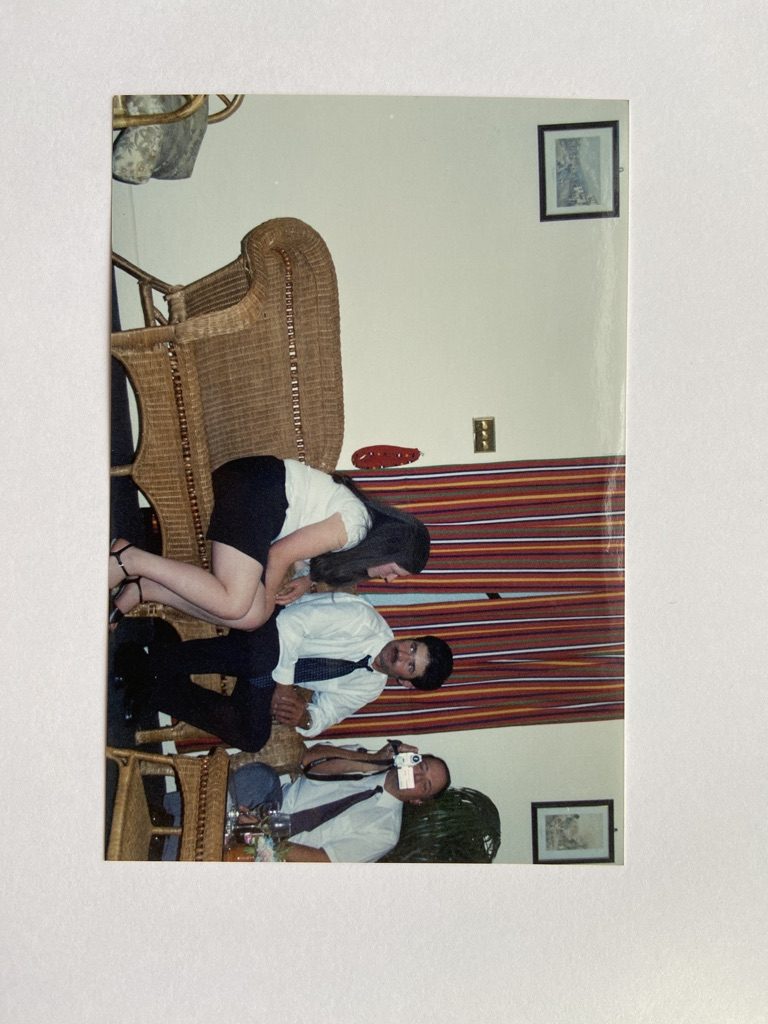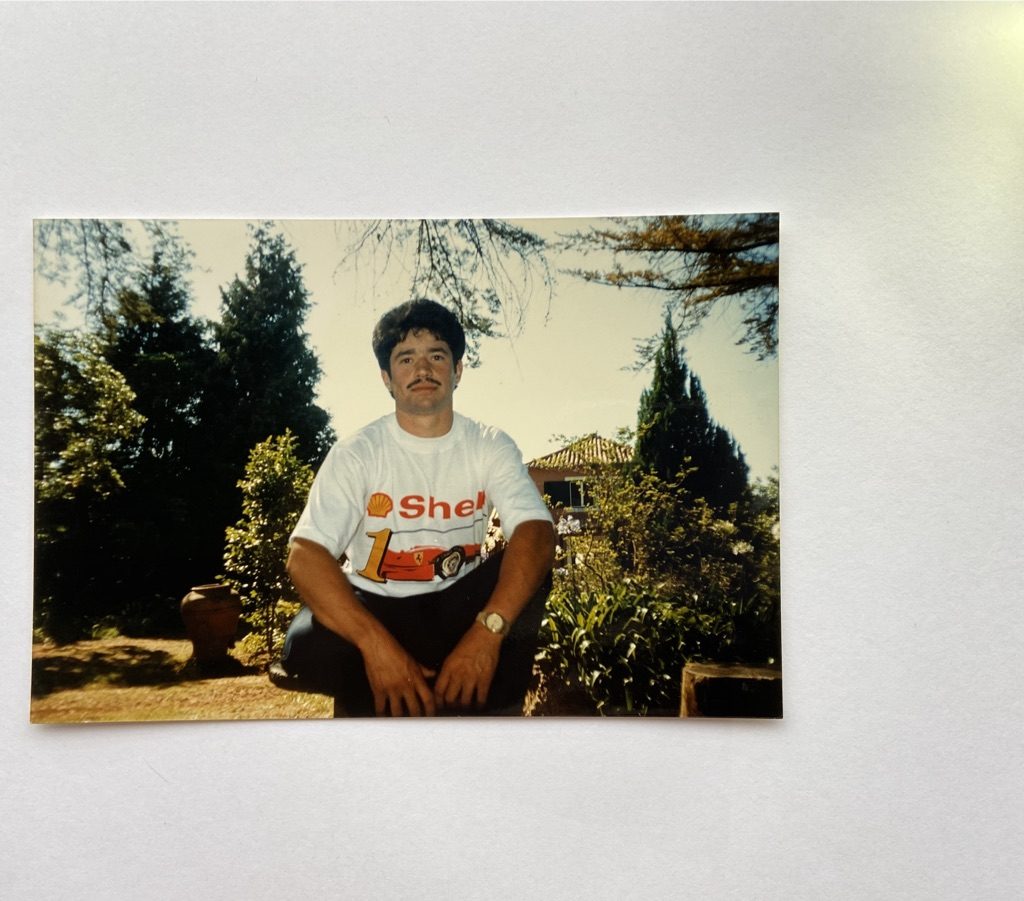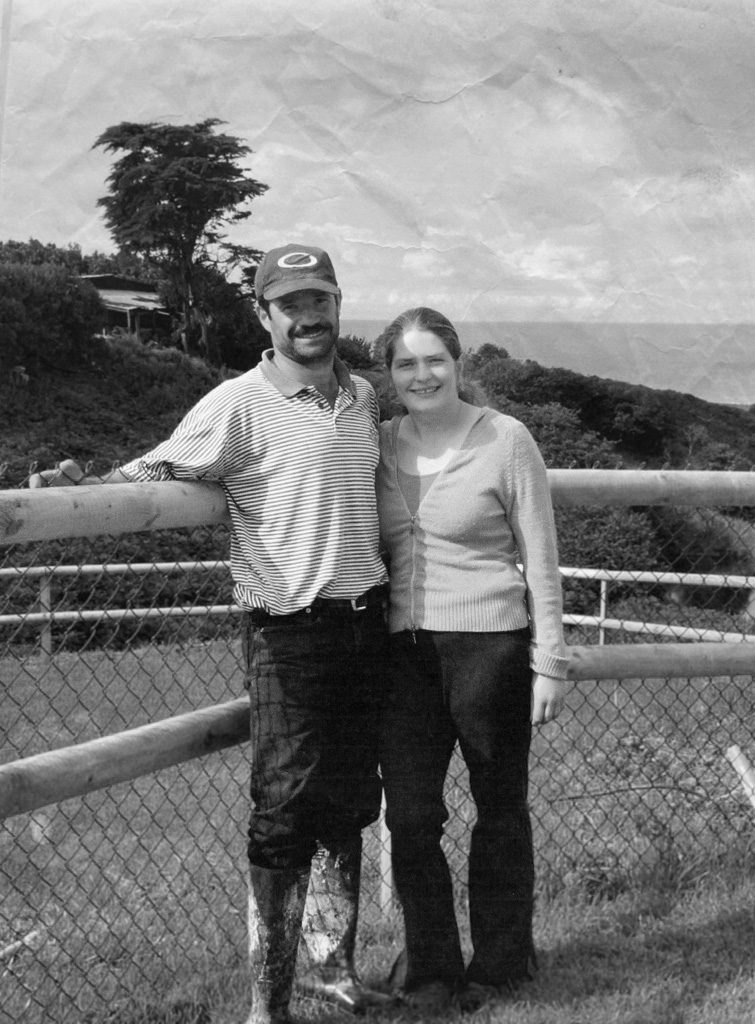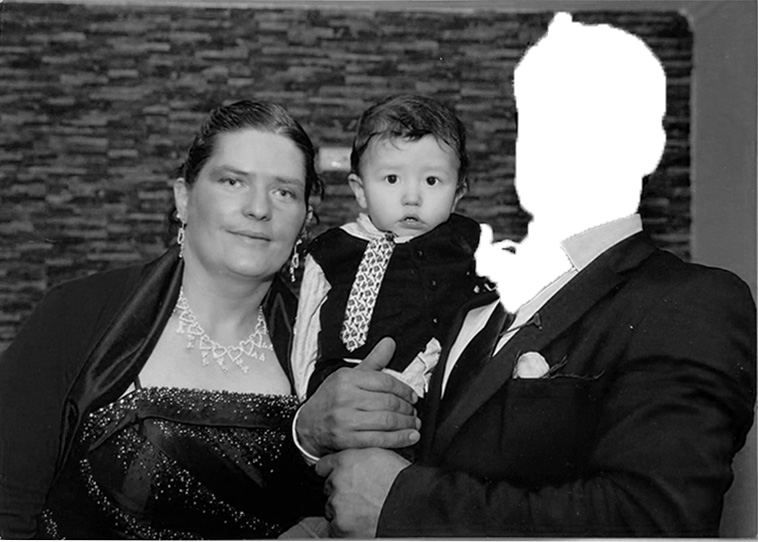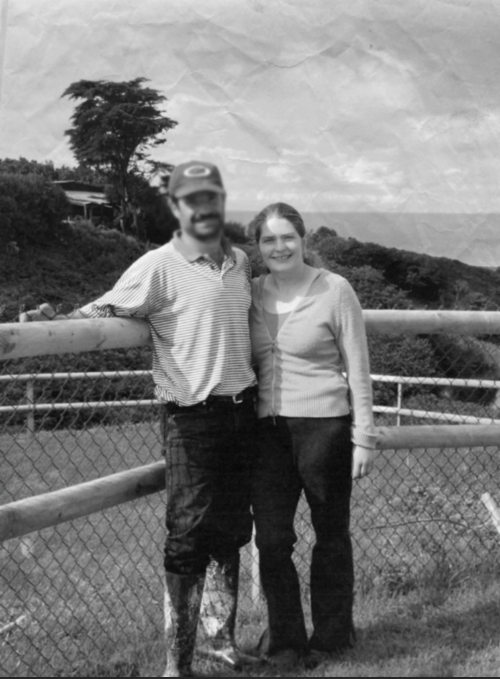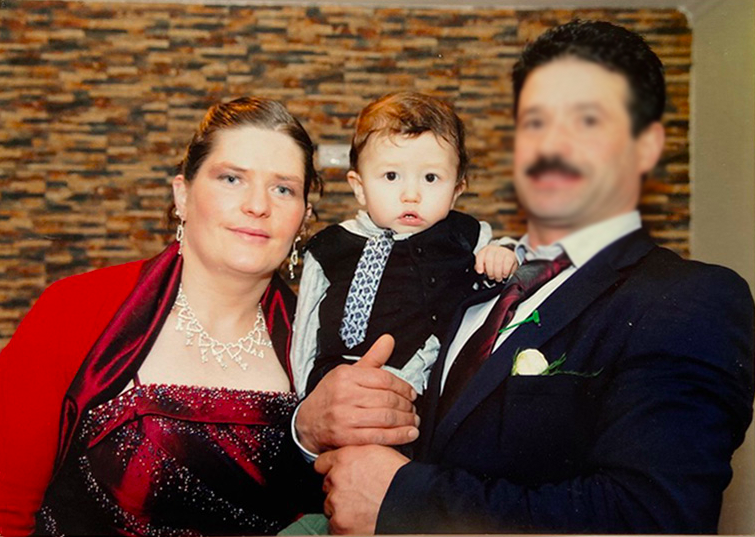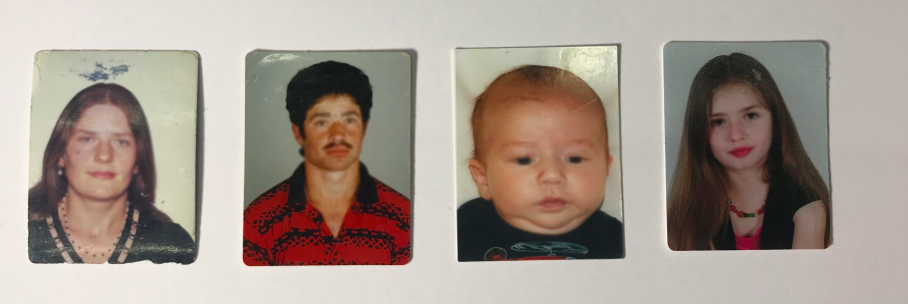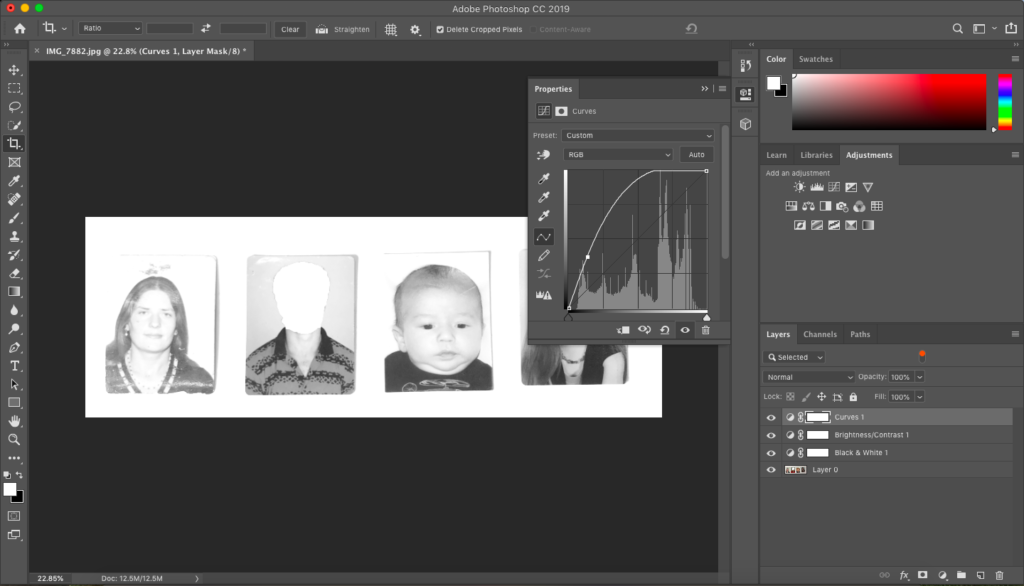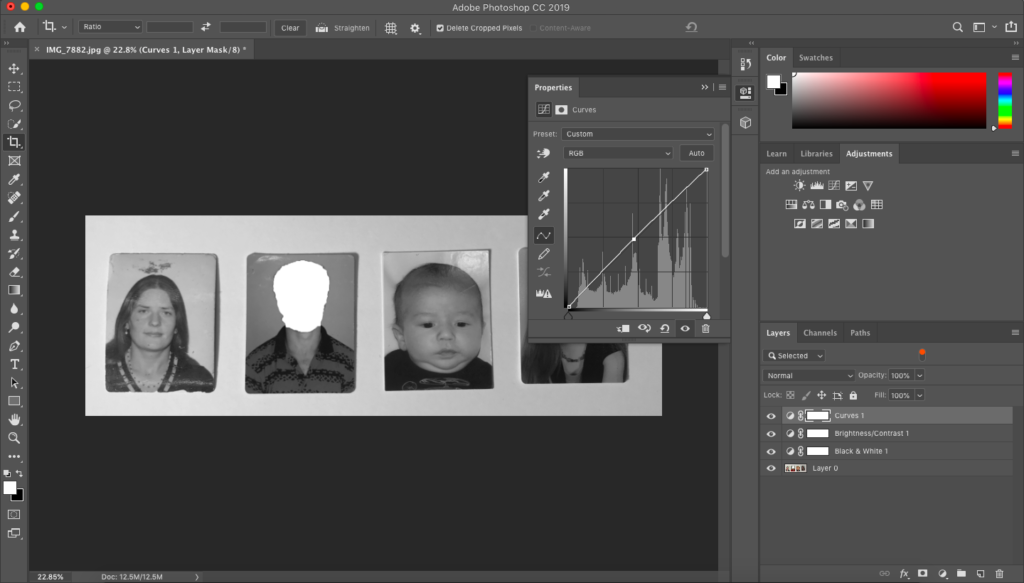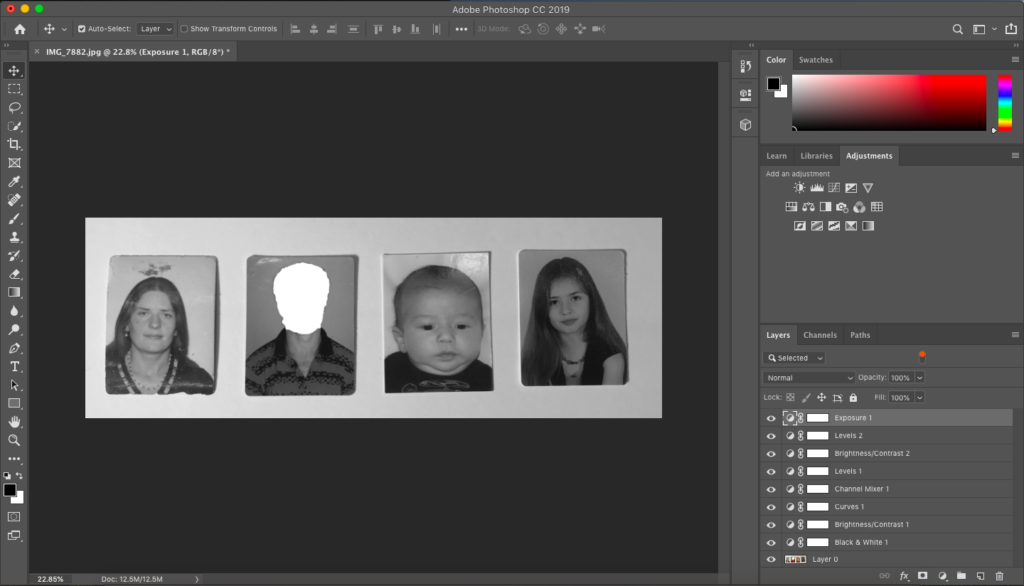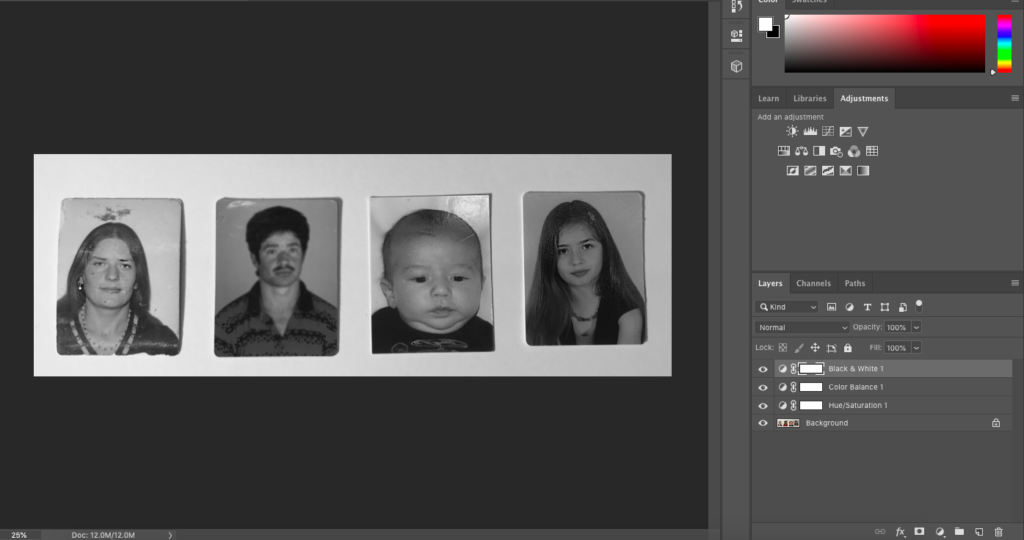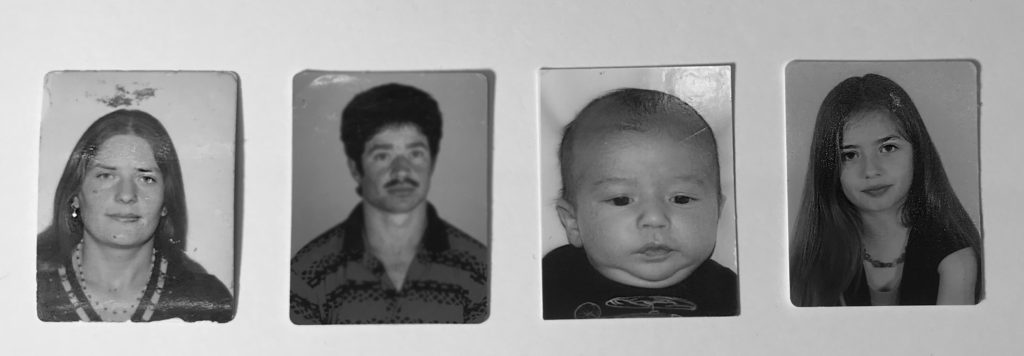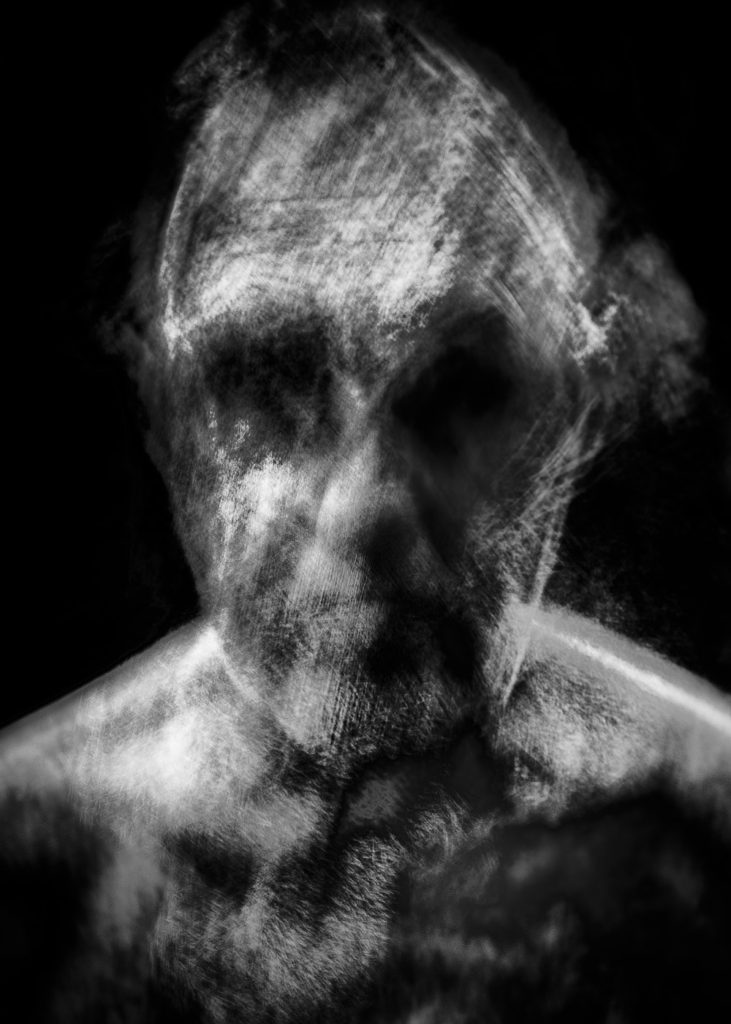How do Diana Markosian and Rita Puig-Serra Costa express the notion of family history and relationships in their work?
"If manipulation is the first thing someone thinks of in connection to photography, what does that say about the value of the photograph as a reflection of reality?" (Bright and Van Erp 2019:17)
The notion of family is a subject that has been thoroughly explored by photographers such as Rita Puig-serra Costa and Diana Markosian. My personal study is focused on my family's history; more specifically the story of both my parents and important events in their life which lead to me being where I am today. I have chosen to analyze Markosian because her project "Inventing My Father" contrasts directly with Costa's study "Where Mimosa Bloom" which I will also be referring to throughout this essay. I like the way Markosian explores the absence of her father in her life in such a personal and raw way. In her project she explores the absence of her father, which eventually leads to a reunion which she captured through images. The photographs along with the context she provides into her life, makes this project very interesting. Equally, I think the way Costa explores her family through the use of archival images and objects was very effective as it really conveyed a sense of love and importance of family.I specifically loved how her entire project was an homage to her mother as it further shows how fond she is of her family when paired with carefully photographed objects, a thoughtfully taken portraits. These two photographers were particularly interesting to me as I felt I could personally relate to both bodies of work. Due to my portuguese heritage, family is a of great importance to me and is valued highly in my family’s culture. However, my parents choosing to separate also led to the lack of a parental figure in my life which will be included in the narrative I intend to tell. In this essay I will be discussing the notion of family and relationships, loss and hope in the works of both these artists.
Realism is the concept of capturing things in their natural element. This genre of photography is most useful when trying to capture something such as family history, as documentary photography allows us to be able to see someone's real life situation through a photograph. Photographers such as Dorothea Lange and Paul Strand focused on documenting the effects of urbanization and industrialization on working class Americans. This was something very prominent at the time of this movement, as the great depression in 1929 left a lot of people struggling. We now see this type of photography as realism. I feel as if this movement fits in well with my personal study as it recognizes the importance of capturing raw, documentary style images which I think is important when exploring something as personal as a family’s history, especially when it involves immigration and the struggle surrounding that journey. Images of this sort are characterized by having a wide depth of field and having sharp focus which contradicts the pictorialist style. The movement away from creating a painterly aesthetic ultimately opened the door to a more forensic approach but also one that is open to distortion, manipulation and the notion of narrative. This will ultimately depend on the agenda of the artist, their integrity and skill in delivering a message, story or sequence of events.
Markosian’s “personal exploration” (Fiona Mackdonald 2019) can be seen as a non-traditional method of exploring the family concept. Instead of portraying a sense of happiness and love, which is typically associated with family relationships, Markosian chooses a more raw and honest approach highlighting how she grew up without her father figure and turning that into the foundation that her project is built upon. I believe this makes her work stand out amongst other artists exploring this same theme, since “the camera is an instrument of evidence” (John Tagg:1988) a certain truthfulness radiates from her images which goes against the dominating stereotype that every family is perfect, leading to more contemporary outputs that appeal to modern day people. This view is put across quite skillfully and subtly through the use of black and white images which puts forward a sense of emptiness since the monotone theme is often associated with despair. This means that the audience will be able to feel a sense of coldness and the lack of emotion, while also simultaneously feeling a surge of emotion through the scenes and objects depicted in the images leading to an interesting contrast that is highly effective throughout her work. The use of archival imagery is complementary to Markosian’s photography since by itself it would usually portray a sense of happiness, however with the context, it is instead replaced with a slight sense of resentment, especially the archival image showing her dad cut out
I believe the image above to be one of Markosian's best not just due to its impeccable technicality, but also because it is rich in context. This image shows a suitcase belonging to her father containing things such as undelivered letters, newspaper clippings, and a shirt he was saving for her brother’s wedding. This image is in black and white making it more emotionally detached yet since the objects are sentimental it creates an interesting juxtaposition, as it shows the photographer is conflicted over her feelings.I believe Diana Markosian represents a modern wave of photography where beauty can be found in imperfections, and still appreciated.
“where mimosa bloom” by Costa takes the completely opposite approach into the exploration of family culture. It becomes obvious that the entire project is very thoughtful and the audience can almost feel an overpowering sense of the love Costa has for her family. Although Costa focuses on the positiveness of relationships with family, I believe it is the underlying theme of her mother’s death which makes her work particularly stand out as she alludes to it in a respectful way, while also exploring important people, objects and places that play a significant role in her relationship with her mum making her work more original. This notion is put across carefully through many aspects such as a light colour scheme throughout the book conveying a sense of delicacy through pastel shades and also the metaphorical link to mimosa, a tree that blooms bright, yellow flowers in Spring, in Barcelona, where Costa is from.
This image is one which perhaps conducts the most emotion. In this double page spread we see Costa clutching a premature bird in her hand. Costa said, “When she died, I felt like a bird whose mother had abandoned the nest. I had to learn how to fly on my own,”. The context in combination with the image show a real sense of vulnerability, shown through the bird, that Costa is feeling in relation to not having her mother anymore. I think that using the bird as a medium for her own feelings, further shows how much thought and care was taken into each image as this has deep metaphorical value. I think that Rita's work is a more traditional way of portraying family as she utilises portraiture and archival objects in a positive way. I believe Rita Puig-Serra's work represents positive sentiments towards relationships giving a romantic representation of a typical family unit.This book exudes closeness and sentimentality, a kind of poetic bond between her relatives. However, it has been said “photography is a system of visual editing” (John Szarkowski:1976), which suggests that some work may be refined and tailored in order to portray perfectionism.
To conclude, both Markosian and Costa have created very emotional pieces of work based on their own personal family stories and journeys. Although we do get a sense of love from Markosian's work, I believe this sentiment is often fighting against a feeling of hatred and resentment towards her father, whereas we purely get the feeling of love and closeness from Costa's photo book with hint of sadness due to the loss of her mother. Costa's photo book contains a very unique color palette containing light, delicate, pastel colors which is expected as her images are delicately framed and excrete fondness towards her family. On the other hand, Markosian's body of work contains a lot of black and white images which shows that there is a lot of distance between her and the subject, yet all the things she photographs are of rich sentimental meaning to her. Both photographers also make use of archival images and objects, Costa utilises this to show a deep connection to her mother whereas due to the nature of Markosian's work, her archival objects are used to show her father as being someone she is detached from.
Bibliography:
Bright, S. and Van Erp, H.(2019). Photography Decoded. London: octopus Publishing House
Mackdonald, Fiona (2019).“Diana Markosian: A father cut out of a family album”. BBC culture
Szarkowski, John (1976), William Eggleston’s Guide. New York & Cambridge, MA: The Museum of Modern Art & The MIT Press
Tagg, John (1988). The Burden of Representation. Basingstoke and New York: Palgrave Macmillan





